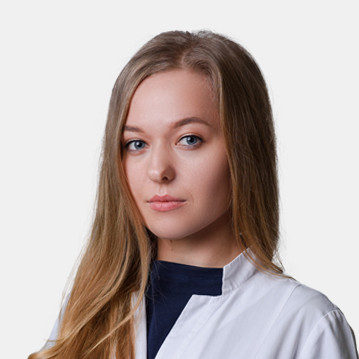Glaucoma surgery
The goal of glaucoma surgery is to eliminate moisture retention. For this purpose, various techniques are used depending on the clinical situation. In difficult cases, a penetrating deep sclerectomy is performed with the installation of a drainage or shunt - a hollow tube connecting both chambers. This completion of the main operation allows you to solve the problem of impaired outflow of fluid in the following types of glaucoma:
- Secondary - develops against the background of an already existing pathology (cataracts, inflammation, lens displacement, etc.), is its complication.
- Refractory - resistant to traditional treatment.
- Complicated by inflammatory processes in the eye.
- Diabetic.
- Congenital.
Types of drains used in antiglaucomatous operations:
- From a flap of the patient's own sclera or autotissue. With their help, the angle of the anterior chamber of the eye is expanded, thereby restoring the outflow of fluid. Disadvantage - prone to scarring, narrowing.
- Synthetic, another name for explant drainage. Created from artificial neutral materials, most often from silicone, nylon. Less - the formation of a capsule of connective tissue around the end of the shunt.
- Allodrainages consisting of an inert hydrogel. They are distinguished by a porous structure that allows, like a sponge, to gradually absorb liquid, distributing it between the chambers.
Allodrainage and valve placement are considered optimal treatment options. The second is a shunt with a self-regulating one-way valve. With an increase in intraocular pressure, it allows fluid to pass into the anterior chamber from the posterior one, while preventing it from returning back, which prevents a sharp drop in the level of moisture and pressure in the eye.
The efficiency of the operation, accompanied by the use of various drains, is 70-90%. It is important that the surgical intervention is performed by experienced specialists, since complications may develop in some cases. The most common of them are excessive drainage of fluid from the posterior chamber of the eye, insufficient drainage, prolapse of the shunt into the anterior chamber, depletion of the cornea or conjunctiva, impaired coordinated muscle work (manifested by double vision).
The equipment of our clinic allows us to conduct a thorough examination of the eyes, identify all problems and develop treatment regimens that are individual for each patient. The doctor decides on the need for an operation and the type of surgery based on the clinical picture, the type of glaucoma, and the presence of concomitant diseases.
Alternatives to glaucoma surgery
With a slow development of the disease and an open-angle form, the ophthalmologist may prescribe drug treatment in the form of drops. Such therapy is aimed at slowing the progression of pathological processes.
Folk remedies, exercises and physiotherapy cannot restore the circulation of fluid between the chambers of the eye. Addressing such events is a waste of precious time that can lead to irreversible consequences.
The most effective treatment for glaucoma is surgery. The eye microsurgery department of our clinic has a staff of experienced ophthalmologists, whose well-coordinated work has restored vision to many patients.


